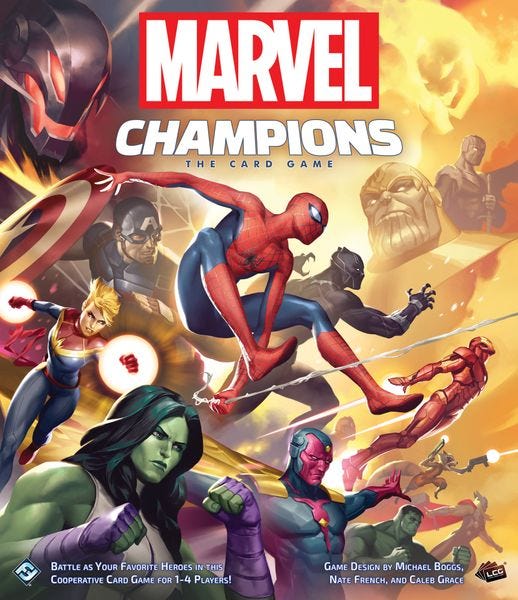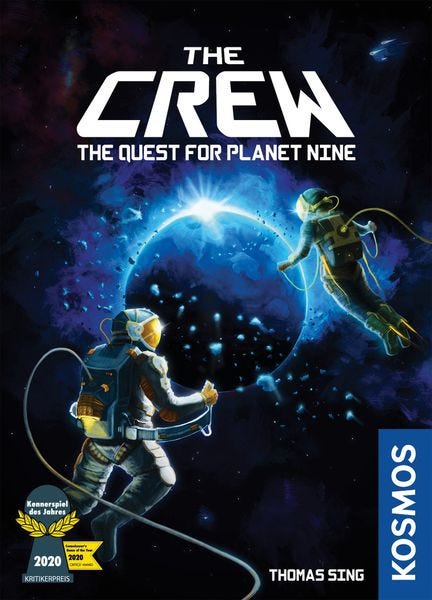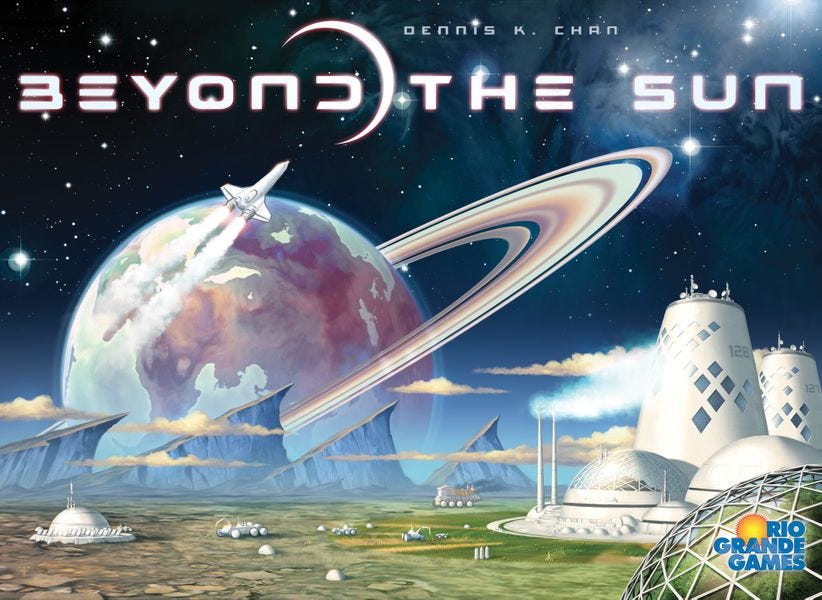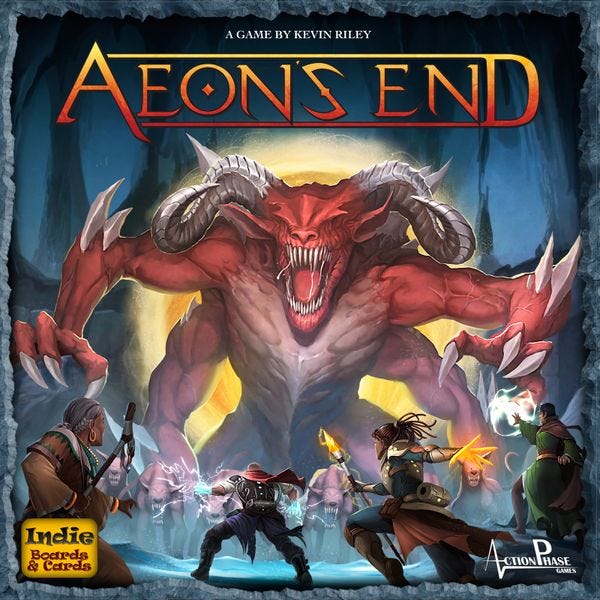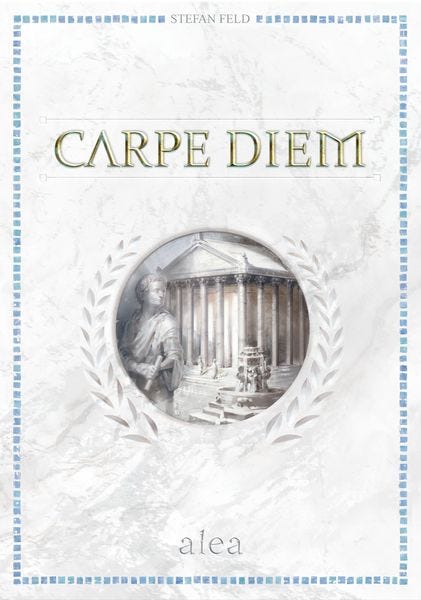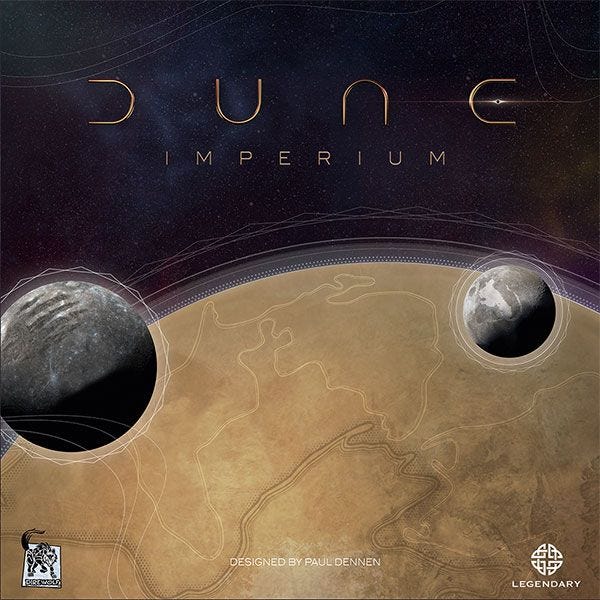20. Marvel Champions
Players: 1-4 (best 1-2)
Time: 45-90 mins
BGG Weight: 2.92
This is definitely the highest ranked game I don’t own. I’m a little scared to fall off that cliff, because I’m pretty sure I’d tumble all the way down into owning everything. Marvel games have a long history of being way more popular than good (not unlike some of the movies), but this one isn’t just good. It’s fantastic.
Marvel Champions is a living card game, essentially a CCG without the random packs. The whole release comes in a box, expansions include every card. No rares, no luck of the draw. Players will build a deck based around a hero and an aspect and then throw in some basic cards for good measure.
You and your teammates will face off against a villain and try to take them down before they wreak too much havoc. I’ve only played this 2p and I imagine at higher player counts it would drag a bit. But this game nails the card game experience, the Marvel experience and is just a quality puzzle. If you have any interest in Magic or Pokémon, but don’t want to take out a second mortgage, this is a great way to get into that style of game.
19. The Crew
Players: 3-5 (best 4)
Time: 20 mins
BGG Weight: 1.96
I grew up playing trick taking games. Rook, Hearts, Spades, Euchre and Bridge. I learned how to count cards in the context of trick taking games. I learned how to draw out trump, how to finesse cards, the statistical probability of distribution, all of it. Trick taking games are my area of expertise if I were to have one.
I can be a bit of a hard partner in these types of games, not just because of the skill gap but because the expectations I have of my partner. I apologize to any and everyone I’ve ever played The Crew with, because I love this game. I could play it for hours on end and not get bored. There are two versions currently and both are worth getting.
This is a co-op trick taking game and it is amazing. Hands are over as soon as you succeed or fail at whatever mission opens before you. The missions are clever, requiring certain cards to be taken in certain order, for example. It allows for a measure of table talk by way of putting a card face up on the table and then indicating if it is the highest, lowest or only of that color in your hand.
I used to go to a family reunion at a church camp in Linville, North Carolina. I think we would have worn the spots off this game had it existed back then. I could see us running through the campaign multiple times in a week. Bridge is still the pinnacle of trick taking games, but that’s two decks of cards and a lot of really confusing bidding rules I still don’t have down after almost 30 years of playing.
If you want to play with me, I’ll do my best not to cry out “NO!” when you play the wrong card leading to our failure. Not that that is based on a true story or anything.
18. Beyond the Sun
Players: 2-4 (best 3)
Time: 1-2 hrs
BGG Weight: 3.13
Apparently we are spending some time in outer space this list. Science Fiction is a tricky theme for me, because I really want to like it but a lot of time I find it droll. I’m not a Star Wars or Trek fan. I do love V though. When it comes to board games, sci-fi gets it right for me. It doesn’t hurt that so many great games utilize space exploration as a theme.
Beyond the Sun finds you in the spacefaring age, building your new civilization through scientific research. It is tech tree the game, with a 4x mini game built in. The bulk of the game will be spent researching new technologies and then using those technologies to colonize new planets. There is no direct conflict, if you have the highest power in an area you’re in control.
The thrill of unlocking new technologies is what makes this game so great. Every game is a little different, because from level 2 onward, you’ll find two techs that build off a previous tech earlier in the tree and pick from it. Will you be the strongest army? An industrial nation? Hypercharge your research? Every game is a little different and the nations have slightly different base skills that help push you in a direction.
If you’ve ever played Sid Meier’s Civilization, or a variation on it, and you love just researching new technologies endlessly, this game is for you. Just writing this makes me want to play it again and I played it a week ago.
17. Aeon’s End
Players: 1-4 (best 2)
Time: 1 hr
BGG Weight: 2.81
Aeon’s End is, much like Ascension, a stand in for the system more than the game itself. It is a stellar set market deck builder with an awesome array of cards. It is a stellar co-op, the puzzle is fantastic and each monster crawling from the void to destroy your hometown plays a little different.
The heroes are mages with different specializations. They have, normally, four spots that can hold spells but you have to open them through the course of the game. Spells that lead to awesome combos. That you can set up because you don’t shuffle in this game. You see, when you discard your cards, you choose the order they go to the discard pile. And then you turn your discard pile over and the bottom card becomes the top card of your deck.
I have a ton of expansions (and the legacy game that we will play after Sleeping Gods). I love playing with the different heroes, I’ve vanquished so many foes with different friends. If you asked me to play right now, I would say “sure!” But playing Aeon’s End isn’t just a one off, you have to be ready to play four or five games with me. We’ll start easy and then work our way to the hardest monsters.
Set up and clean up are a breeze compared to similar co-op deckbuilders, I will never play Thunderstone Advance or Legendary when this is an option. I hope to one day own everything Aeon’s End and also to one day burn myself out on it. I love it that much.
16. Clans of Caledonia
Players: 1-4 (best 4)
Time: 30 mins - 2 hrs
BGG Weight: 3.46
Terra Mystica’s game play is rarely broached by anyone other than it’s creators. With Clans of Caledonia, Juma Al-JouJou attempts to graft that game play onto 19th century Scotland. And it just works. It’s not a straight TM clone, which works hugely in its favor.
The game has five rounds and players will take all the actions they can, produce new resources and then score that round’s objective. The breadth of actions is too much to cover here, but you’ll be building out your clan’s territory and upgrading those buildings to have economic might in Scotland.
Each clan has different abilities and you’ll need to pay attention to round scoring objectives. Games in this style require maximum efficiency to be successful. Every action matters, because a wasted resource can snowball into a massive score gap.
That said, this is an easier entry point than any of the Terra Mystica series games, so if that style of game has ever appealed to you, I would encourage you to look into this.
15. Carpe Diem
Players: 2-4 (best 3)
Time: 45-75 mins
BGG Weight: 2.51
Would you look at that, another Stefan Feld game! Adrianne and I have done a video review on this game, so it should come as no surprise that I like it. And honestly, I’ve come to appreciate it more and more over time. The game is a tile drafting/laying game that has you building out your city district.
Each row and column might have a scoring objective based on your randomized player board. It isn’t a pretty game, but it is pretty easy to play. Stefan Feld does tend to have fantastic iconography. Because your actions are moving your pawn to draft a tile and then placing the tile, your turns go quickly.
And because other players are drafting too, you’ll find the pieces you want also going quickly. The game is really interesting on two fronts. The finished product of your city district is awesome and the randomized scoring objectives keep the game fresh. At the end of each round players will claim scoring tiles that give them points or resources depending on how often they fulfilled the objective. And at the end of the game you’ll score the edge of your board for more points.
The other thing Feld does is introduce just enough variability in set up to make his games stay fresh. I only hope this gets a visual refresh one day.
14. Cat in the Box
Players: 3-5 (best 4)
Time: 20-40 mins
BGG Weight: 2
I like trick taking games okay? Cat in the Box is the best of the best for me to date in large part because of the creative way it plays. Each round, players will bit to take 1-3 tricks. The twist? The cards are all black. They only get a suit when you play them. Each number has 5 copies in the deck, so there’s a chance you’ll have a card that can’t be played.
Players use tokens to represent the suit on a shared board. When you cover a space it means that card is out of the deck. You can void yourself in a suit at any time by removing one of four tokens from your individual player board. Once you are void in a suit, you can no longer play on that color row of the shared board.
You score one point for every trick you take. If you make your bid, you’ll find your largest continuous block of orthogonally connected tokens on the shared board and score bonus points from that. All well and good, except, remember there’s cards in your hand you can’t play. If you have one of those and it’s your turn to play, well, you’ve created a paradox and now you’ll LOSE points for every trick you’ve taken.
The game goes until every player has been the first player and the highest score wins. You could play forever though, in the way the best trick taking games play out. Bidding is clever, balancing the need to cluster cards with not putting yourself into a paradox or taking too many tricks keeps the game fresh and having your hand be undefined all make this game one of my favorites of all time.
13. Dune: Imperium
Players: 1-4 (best 3-4)
Time: 1-2 hrs
BGG Weight: 3.04
Worker placement meets deck building on the planet of Arrakis. The spice must flow. And you must score ten points before anyone else by way of warfare, diplomacy and economic superiority. Dune Imperium is the opposite of Lost Ruins in that the worker placement aspect isn’t quite as good as the deckbuilding. But the deckbuilding here is FANTASTIC.
Players will pick a house from Dune and then one of two representatives of that house that have different abilities. From there, you’ll engage with the various factions harnessing power before a battle at the end of each round. You can jump in to try and claim one of the rewards or let it ride and marshal power for a different turn.
There are so many different paths to points, but the game does reward you for honing a strategy and sticking to it. The cards are multiuse, either played during the turn or saved for buying cards or adding battle strength at the end of the turn.
You’ll move an agent onto the board as a part of the worker placement, players start with two and can unlock a third later. There’s also another agent that players can temporarily use via a board action. The only reason this game isn’t in the top 10 is because I’ve played it so much in the past year.
12. Xia: Legends of a Drift System
Players: 3-5 (best 3)
Time: 1-3 Hrs
BGG Weight: 3.19
I told you this is my space era. 40% of this list is games taking place in space and this is the best of the bunch to me. This game is also standing in for Western Legends if you prefer a wild west variation.
In Xia, you are a ship captain. Beyond that is up for you to decide. Want to be a trader? You can. A smuggler? You can do that too. Want to stop space pirates? Well, you’re in luck. You can also be a space pirate. This is your space sandbox and whatever you want to do is on the table.
Upgrading your ship allows you to refine your gameplay style. Exploring the universe or patrolling a small area are both perfectly valid strategies, as long as you react to the world around you. The game feels intimidating, because there are so many options. But much like Western Legends, the game excels because your actions are straightforward. It’s what you do with them that matters.
Due to the variable set up, every game plays different. The one hinderance to this game is that it requires a major time commitment to get to the table and if people haven’t played before a rules teach that is more in depth than similar weight games. But once it starts, you’ll find it always ends too soon.
11. Underwater Cities
Players: 1-4 (best 2)
Time: 80-150 mins
BGG Weight: 3.6
More than just my space era, this is my sci-fi era. 60% of this list is sci-fi based. Underwater Cities finds you in charge of an underwater community of cities. Imagine that. Players will build out domes deep under the sea and tunnels that connect them like the Twin Cities in winter. At each city you’ll build farms, desalination plants or laboratories. And then upgrade all of them.
How you manage to do that is a combination of card play and worker placement. Players have three workers each round on green, red and orange spaces. You’ll play a card the same time you play your worker and if the color of the card matches the space you played your worker the card will also activate.
The cards can give you immediate benefits or once per era actions. They might give you bonuses for taking actions or give you end of game scoring bonuses. There are special cards that cost money and require you to use one of your few actions to acquire them. The hand limit is three, which means careful planning and hand management are key.
My biggest hurdle to playing this game is that I like it more than my friends. This is a game I could play weekly and still be excited to play. That said, some of the games coming up are games I could play daily so, I guess it just misses the cut.
Tomorrow you’ll see my top 10 board games, but I’ll be getting back from our board game cruise and I’ll fill you in. I’ll probably have some thoughts about the wealth disparity that cruises have on full display.
In case you missed it:




